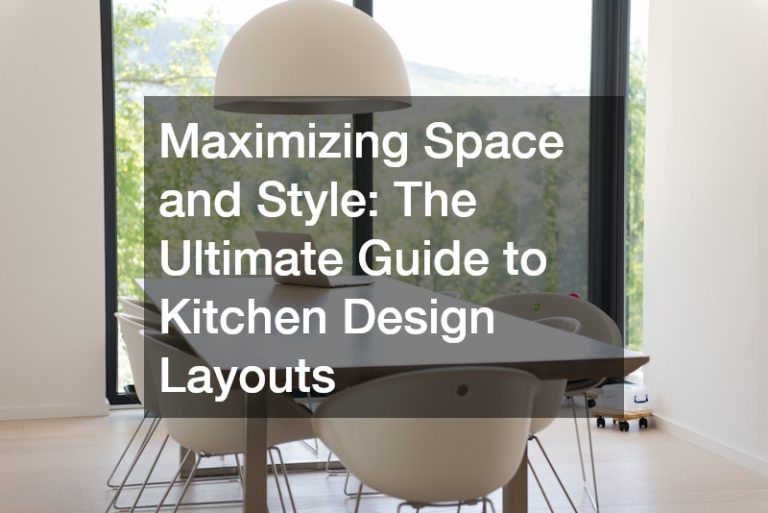
Finding the perfect window treatment is not just about aesthetics—it’s also about function. In particular, choosing the right curtains and blinds for light control is essential for comfort, energy efficiency, and privacy. Whether you want to block out harsh afternoon sun, create a soft filtered glow in the mornings, or simply manage glare during the day, the right window furnishings can make a significant difference.
Understanding the range of options available and how each performs in different lighting conditions will help you select the best solution for your home.
Understanding the Importance of Light Control
Natural light plays a pivotal role in how we experience our living spaces. Too much sunlight can overheat rooms, fade furniture, and interrupt rest, while too little can create a gloomy and uninviting atmosphere. That’s why it’s vital to choose curtains and blinds that allow you to manage light levels to suit your needs. Effective light control can reduce reliance on artificial lighting, improve your sleep environment, and enhance the mood of a room throughout the day. It also contributes to energy savings, especially when thermal properties are a factor in your choice.
Choosing Curtains for Light Control
Curtains come in various weights, colours, and fabric types, each offering unique benefits when it comes to controlling natural light. Sheer curtains are ideal for softening light without blocking it entirely. They’re a popular choice for living areas where you want to retain brightness while reducing glare and maintaining a level of privacy. These are particularly effective in rooms that face east or south, where the sunlight is gentle and indirect.
For bedrooms or media rooms where complete darkness may be desired, blackout curtains are the preferred option. These are typically made from tightly woven or layered fabrics that prevent almost all light from entering the room. Not only do they enhance sleep quality by simulating a dark environment, but they also help insulate against outside temperatures. Room-darkening curtains, which allow a small amount of light to filter through, can be a good compromise for those who prefer not to block daylight entirely.
Selecting Blinds for Precision Control
Blinds offer a high degree of flexibility when it comes to managing light, thanks to their adjustable slats or panels. Venetian blinds, with their horizontal slats, are particularly popular due to their ability to control both light direction and intensity. By tilting the slats, you can precisely angle the incoming light, creating subtle lighting effects or blocking it entirely when needed.
Vertical blinds are more commonly used for larger windows and sliding doors. They offer similar benefits to venetian blinds in terms of directional control but are often better suited for contemporary or minimalist interiors. Because they can be drawn fully to the side, they also provide an unobstructed view when open, which is an appealing feature for scenic locations.
Roller blinds provide a streamlined look and come in several fabric options to suit different levels of light control. Blockout roller blinds are excellent for bedrooms, while sunscreen blinds allow visibility and UV protection without darkening the room. Dual roller systems are becoming increasingly popular, allowing homeowners to switch between two fabric types—typically one for day use and one for night.
Room-by-Room Recommendations
Each room in a home may require a different approach to light control. In the bedroom, prioritising restful sleep is key, so blockout curtains or blinds are ideal. In living areas, where a balance of light and privacy is often preferred, layering sheer curtains with heavier drapes provides flexibility and style. Kitchens and bathrooms benefit from moisture-resistant materials and easy-clean surfaces, making blinds a practical option.
In home offices or study areas, managing glare is especially important. Adjustable blinds like venetians or vertical styles allow for fine-tuning the light to minimise reflections on screens and surfaces. Additionally, energy-efficient options such as cellular blinds or lined curtains can contribute to a more comfortable working environment by stabilising indoor temperatures.
Combining Curtains and Blinds for Maximum Control
One of the most effective strategies for superior light control is to combine curtains and blinds. This layering approach gives you the best of both worlds—the adjustability of blinds and the decorative, insulating qualities of curtains. For example, pairing a blockout roller blind with a sheer curtain offers total versatility throughout the day. You can maintain privacy and diffuse light during daylight hours and block light completely when needed.
This combination also adds depth and texture to your interiors, enhancing the overall design of a room. It’s a common practice in modern Australian homes, where both functionality and style are equally valued.
Selecting the right curtains and blinds for light control depends on several factors, including the room’s purpose, its orientation to the sun, and your personal comfort preferences. From blackout curtains that ensure a peaceful night’s sleep to adjustable blinds that manage glare in a workspace, the right window treatments can transform your living environment. By understanding the benefits of each option and considering how they work in combination, you can create a lighting solution that enhances comfort, style, and energy efficiency throughout your home. Curtains and blinds are more than just decorative elements—they’re key components of a functional, well-designed space.



